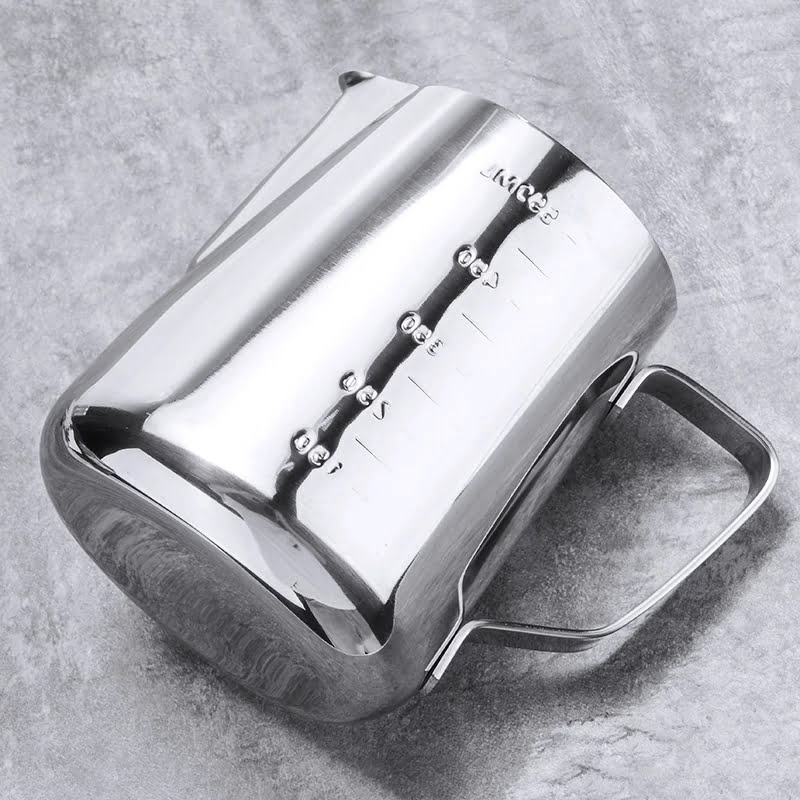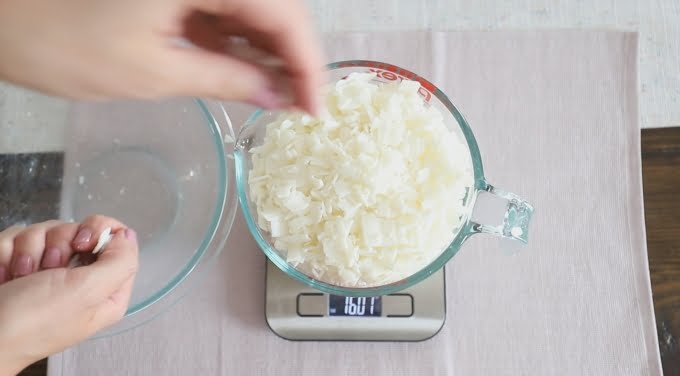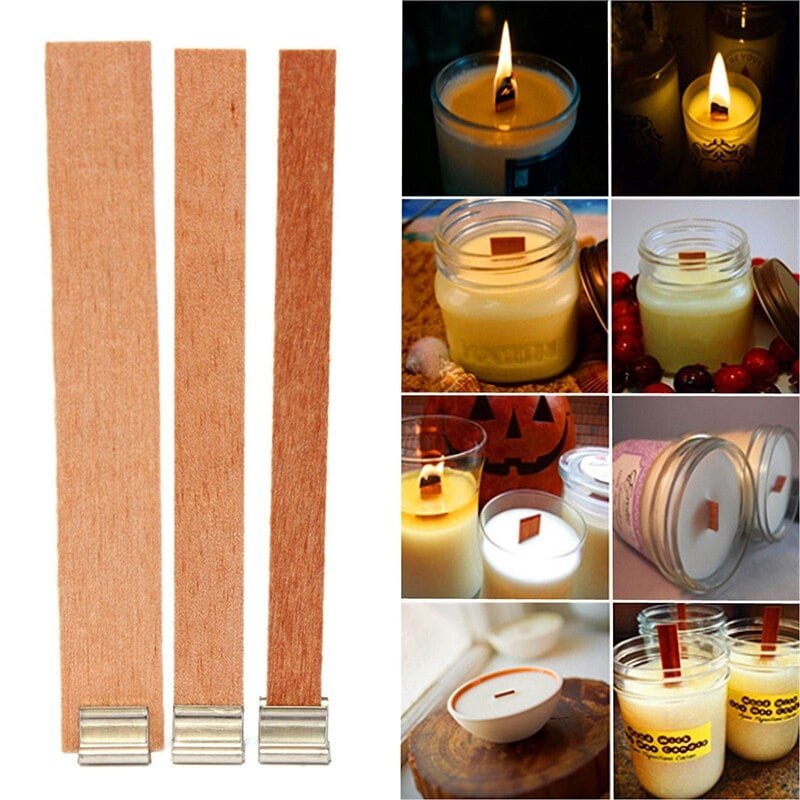Can you use soap dye in candle making? The process of creating homemade candles involves various elements, including fragrance, wax, wicks, and dyes. In this article, we will delve into the world of candle making and specifically focus on the use of soap dye as a coloring agent. Understanding the basics of candle making and the role of dyes in the process is crucial for achieving desired results.
When it comes to creating beautifully colored candles, the choice of dye plays a significant role in the outcome. In this introductory section, we will explore the differences between soap dye and candle dye, including their chemical composition and suitability for candle making. Additionally, we will discuss the compatibility of soap dye with different types of wax and potential challenges that may arise from using soap dye instead of traditional candle dyes.
Furthermore, we will also touch on color intensity and blending techniques for achieving vibrant colors in candles using soap dye. Whether you are new to candle making or looking to experiment with different shades, understanding how to effectively use soap dye can open up a world of creative possibilities. So let’s dive into the world of candle making and uncover the key considerations when it comes to using soap dye as a coloring agent.
Differences Between Soap Dye and Candle Dye
When it comes to adding color to candles, many people wonder if they can use soap dye in candle making. While both soap dye and candle dye are used for coloring purposes, there are notable differences between the two types of dyes. Understanding these distinctions is crucial for achieving the desired results in candle making.
Chemical Composition
Soap dyes are typically formulated with ingredients that are suitable for use in soaps, which may not always be compatible with candle wax. Candle dyes, on the other hand, are specifically designed and formulated for use in wax-based products. The chemical composition of candle dyes is tailored to ensure optimal dispersion and color stability in candle wax, making them more suitable for this purpose.
Suitability for Candle Making
It is important to consider the suitability of soap dye in candle making. While soap dye may seem like a convenient option for coloring candles, it may not perform as effectively as specially formulated candle dyes. The ability of a dye to evenly disperse and retain its color over time is crucial in candle making, and this is where the differences between soap dye and candle dye become apparent.
Potential Challenges
Using soap dye in candles may pose potential challenges such as uneven color distribution, fading, or discoloration over time. The chemical composition of soap dyes may not interact well with certain types of wax, leading to unpredictable results. It’s important to consider these factors when deciding whether to use soap dye in candle making and to be mindful of the potential challenges that may arise.
In summary, while both soap dye and candle dye serve the purpose of coloring products, their differences in chemical composition and suitability for specific applications can greatly impact their effectiveness. When it comes to achieving vibrant colors and long-lasting results in candle making, opting for specially formulated candle dyes is generally recommended over using soap dyes.
Compatibility of Soap Dye in Candle Wax
When it comes to making candles, the type of wax used plays a crucial role in the compatibility of dyes, including soap dye. Different types of waxes interact with dyes in unique ways, and understanding these interactions is essential for achieving the desired color results in candle making.
One of the most common types of wax used in candle making is paraffin wax. This type of wax is known to work well with liquid dyes, including soap dyes. However, it’s important to note that using too much dye can affect the quality and burn characteristics of the candle. It’s essential to experiment with small amounts of soap dye to achieve the desired color intensity without compromising the candle’s performance.
Soy wax is another popular choice for candle making due to its sustainability and clean-burning properties. While soy wax can also be used with soap dye, some crafters have reported challenges in achieving vibrant colors. Soy wax tends to produce more pastel-like hues when combined with soap dye, so adjusting the dye concentration may be necessary to achieve the desired color intensity.
Beeswax, on the other hand, presents a unique challenge when it comes to using soap dye in candle making. Beeswax has a natural golden hue that can affect the final color outcome when combined with soap dye. Crafters often need to use higher concentrations of soap dye or opt for brighter, more intense colors when working with beeswax to offset its natural tone.
Understanding how different waxes interact with soap dyes is crucial for candle makers looking to achieve consistent and high-quality results. Experimentation and testing are key components of finding the right balance between wax type and dye concentration for vibrant and long-lasting colors in candles.
| Wax Type | Interaction With Soap Dye |
|---|---|
| Paraffin Wax | Works well with liquid dyes; careful not to use too much. |
| Soy Wax | Tends to produce pastel-like hues; may require adjusting dye concentration. |
| Beeswax | Natural golden hue affects final color outcome; may require higher dye concentrations or brighter colors. |
Color Intensity and Blending
When it comes to creating vibrant colors and experimenting with different shades in candle making, the type of dye you use plays a crucial role. Soap dye, known for its versatility and wide range of colors, can indeed be used in candle making. However, there are certain considerations and tips to keep in mind to achieve the best results.
One important factor to consider when using soap dye in candle making is the color intensity. Soap dyes are known for their vibrant and eye-catching hues, which can add a unique touch to your candles. To achieve the desired color intensity, it is essential to carefully measure the amount of dye used.
Start with a small amount and gradually increase until you reach the desired shade. Keep in mind that using too much dye can result in uneven coloring or even affect the burning properties of the candle.
In addition to color intensity, blending is another aspect to consider when using soap dye in candle making. Mixing different colors of soap dye can result in a wide range of shades and tones for your candles.
Experimenting with blending techniques can lead to stunning and unique color combinations that will make your candles stand out. It’s important to remember that different wax types may interact differently with soap dye, so be sure to test your blends before committing to a large batch.
| Aspect | Consideration |
|---|---|
| Color Intensity | Carefully measure the amount of soap dye used for vibrant hues; avoid using too much as it can affect burning properties |
| Blending | Experiment with mixing different colors of soap dye for unique shade combinations; test blends with different wax types |
Longevity and Stability
When it comes to creating beautiful, vibrant candles, longevity and stability are key factors to consider. Using soap dye in candle making can raise questions about how well the color will hold up over time, as well as the potential for fading or discoloration. Understanding the durability of soap dye in candles is crucial for achieving long-lasting and visually appealing results.
Factors Affecting Longevity
The longevity of soap dye in candles can be influenced by various factors, including the type of wax used, exposure to light and heat, as well as the specific colorants within the dye. Different waxes may interact with soap dye in unique ways, affecting how well the color adheres to the wax and how it withstands external elements. Additionally, certain colors within the soap dye may have different stabilities, resulting in variations in longevity.
Potential Issues With Fading or Discoloration
While soap dyes can produce vibrant and eye-catching colors in candles, there is a possibility of fading or discoloration over time. Exposure to sunlight or strong lighting can accelerate this process, causing the colors to lose their intensity.
Additionally, certain chemical reactions between the dye and other components within the candle may lead to undesired changes in color. It’s important for candle makers to be aware of these potential issues and take preventive measures to maintain the visual appeal of their candles.
Preventive Measures
To address concerns regarding longevity and stability when using soap dye in candle making, several preventive measures can be taken. This includes using UV inhibitors or stabilizers specifically designed for candle making to protect against fading due to light exposure. Additionally, selecting high-quality soap dyes with good color retention properties can help mitigate potential issues with discoloration over time. Proper storage of finished candles away from direct sunlight can also help preserve their colors for longer periods.
By understanding how different factors can impact the durability of soap dye in candles and taking proactive measures to prevent fading or discoloration, candle makers
Safety Considerations
When considering the use of soap dye in candle making, it is important to address any potential hazards or risks that may be associated with this practice. While soap dye is commonly used in soap making, its compatibility and safety in candle making require careful consideration.
To begin with, it is crucial to understand that soap dyes are formulated specifically for use in soap products, which may contain different ingredients and undergo different processes compared to candles. This means that the chemical composition of soap dyes may not always be suitable for use in candle wax.
When using soap dye in candles, there can be concerns related to the combustion process and potential release of harmful chemicals or substances. It is essential to consider the impact of using soap dye on the quality and safety of the candles when they are burned.
Additionally, certain pigments or colorants used in soap dyes may not be heat-stable or long-lasting when exposed to high temperatures, which can result in fading or discoloration of the candles over time. This can affect the overall appearance and quality of the finished products.
Considering these factors, it is important for candle makers to exercise caution and conduct thorough research before incorporating soap dye into their candle making process. It may also be beneficial to explore alternative dye options that have been specifically developed for use in candles to ensure both quality and safety.
- Conduct thorough research on the specific ingredients and chemical composition of the soap dye
- Test a small batch of candles using soap dye and monitor their performance during burning
- Consider consulting with experienced candle makers or industry professionals for guidance on safe practices
Alternative Dye Options
When it comes to candle making, achieving vibrant and long-lasting colors is essential for creating visually appealing products. While soap dye may be an option for coloring candles, it’s important to explore alternative dye options that are commonly used in candle making and compare their effectiveness to soap dye.
Here are some other types of dyes commonly used in candle making:
- Liquid Dyes: These dyes are specifically formulated for use in candle wax and can easily blend to create a wide range of colors. They are suitable for various types of wax and offer excellent color intensity.
- Dye Blocks: These solid blocks of dye are another popular option for coloring candles. They can be shaved or broken into smaller pieces to achieve the desired color and intensity. Dye blocks are known for their ease of use and ability to produce vibrant colors.
- Powder Dyes: This type of dye is finely milled and can be easily added to candle wax to create unique custom colors. Powder dyes offer excellent blending capabilities and can be used to achieve subtle or bold hues.
It’s important to consider the effectiveness of these alternative dye options compared to soap dye when making candles. While soap dye may be an accessible choice, these alternative dyes are specifically designed for candle making and have been proven to provide superior color quality and stability.
Ultimately, exploring different types of dyes commonly used in candle making can help you determine the best option for achieving vibrant, long-lasting colors in your candles. By comparing the effectiveness of alternative dyes with soap dye, you can make informed decisions about which type of dye will best suit your candle making needs.
Conclusion
In conclusion, while soap dye can be used in candle making, it is important to consider the potential challenges and drawbacks associated with this alternative. The differences in chemical composition between soap dye and traditional candle dyes can impact the color intensity, longevity, and stability of the final product. Additionally, certain types of wax may not interact well with soap dye, leading to potential issues with fading or discoloration over time.
When using soap dye in candle making, it is crucial to experiment with different shades and color combinations to achieve vibrant results. However, it is also important to note that the durability and stability of soap dye in candles may not match the performance of specialized candle dyes. As such, it is recommended to explore alternative dye options specifically designed for candle making to ensure consistent and reliable results.
In essence, while soap dye can be a viable option for coloring candles, it is essential for artisans to carefully weigh the pros and cons before incorporating this alternative into their craft. By understanding the compatibility of soap dye with different types of wax and considering safety considerations, individuals can make informed decisions about whether or not to use soap dye in their candle making endeavors.
Ultimately, by exploring various dye options and techniques, artisans can find the best approach for achieving their desired results in candle making.
Frequently Asked Questions
Is Soap Colorant Flammable?
Soap colorants are typically not flammable because they are designed to be safe for use in various cosmetic products, including soap. They are specifically formulated to be non-toxic and non-flammable.
What Kind of Dye Can You Use in Candles?
When it comes to making candles, you can use liquid candle dye, dye flakes, or even crayons as a source of color. However, it’s important to use specially-made candle dyes that are specifically designed for candle-making to ensure safety and quality.
What Can I Use Instead of Dye for Candle?
Instead of using dye for candles, natural colorants such as dried herbs, spices, or even beet juice can be used to add color to your candles. These natural alternatives can provide a unique and organic touch to your homemade candles without the use of synthetic dyes.

Welcome to my candle making blog! In this blog, I will be sharing my tips and tricks for making candles. I will also be sharing some of my favorite recipes.





